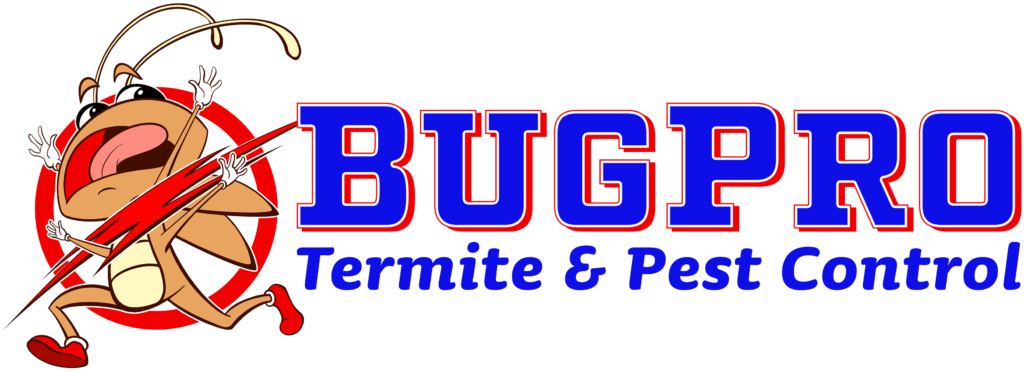
Drywood termites might be small, but they can cause enormous damage to your home if left unchecked. While local treatments and spot fixes can sometimes be effective, there are instances when more drastic measures, such as fumigation, become necessary. If you find yourself struggling with drywood termites year after year despite repeated treatments, it might be time to tent your home. Here are some signs that indicate it’s time to consider fumigation seriously.
One of the most glaring signs that it’s time to tent your home is an ongoing, seemingly indestructible infestation. If you’re conducting drywood termite treatment every year but not seeing lasting results, it’s a clear indicator that localized treatments are failing to reach the full extent of the infestation. Drywood termites can burrow deep into the wood, making them particularly resilient and difficult to eliminate completely without fumigation.
If you notice extensive damage to the wooden structures in your home, it’s a red flag. Look for hollow-sounding wood, blistered paint, sagging floors, and small piles of frass (termite droppings). While spot treatments might temporarily fix visible damages, they often fail to address the termites still hiding deep within the wood, continuing to cause destruction. When the structural integrity of your home is at risk, tenting and fumigation become necessary to eradicate the pests and protect your property.
Drywood termites can form multiple colonies in different sections of your home. You might eliminate one, only to find another colony thriving in a different area. If you discover termites in several places around your home, it’s likely that you’re dealing with multiple colonies. Fumigation is an all-encompassing solution that can reach every nook and cranny, ensuring that the entire house is treated simultaneously and effectively.
Yearly spot treatments might work for small, isolated issues, but they often aren’t sufficient for widespread infestations. If you’ve been relying on spot treatments but find yourself needing to call the exterminators back repeatedly, it’s a sign that the problem is more extensive than initially thought. Tenting and fumigating your home ensures that the fumigant permeates all affected areas, leaving no termite untouched.
Swarmers are winged termites that leave the nest to form new colonies. Seeing swarmers inside your home, especially during the daytime, is a strong indicator of a mature infestation. Similarly, finding piles of shed wings near windowsills, doors, or other light sources suggests that swarmers have entered your living space. When these signs appear, fumigation is often the best course of action to eliminate both the existing colony and any new ones forming.
A termite-infested home can drastically reduce property value. Potential buyers are unlikely to be enthusiastic about purchasing a home with ongoing termite issues. Fumigating your home can provide a clean slate, effectively dealing with the problem and potentially increasing your home’s resale value.
Preparing for Fumigation
Once you’ve determined that fumigation is the best option, there are several steps to prepare your home. All living things, including pets and plants, need to be removed from the house. Food, medications, and other consumables should be sealed in special bags or taken out. The fumigation process involves enclosing the home in a tent and introducing a gas that penetrates all infested areas. After a specified period, the tent is removed and the home is ventilated thoroughly.
Dealing with drywood termites can be a frustrating and daunting task. While localized treatments might provide temporary relief, persistent and widespread infestations require more drastic measures. If you’re treating your home for termites every year without success, it’s time to consider tenting and fumigating. Recognizing the signs early and taking proactive steps can save you time, money, and stress in the long run, ensuring your home remains safe and structurally sound.